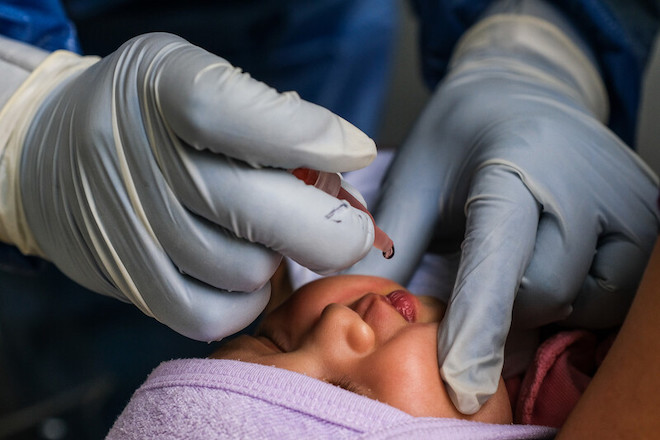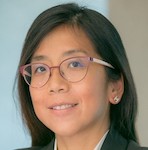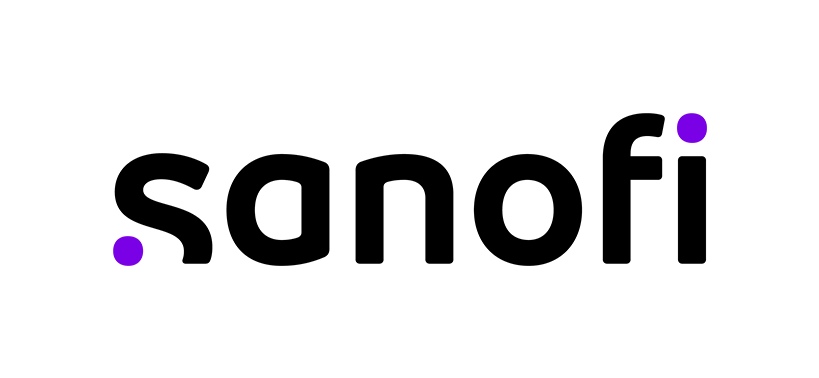
This article is published in collaboration with Sanofi.
Before the polio vaccine was discovered in the early 1950s and widely distributed globally, polio was one of the most feared disease in the world. As the disease does not have a cure, the polio vaccine has been the most effective method to contain the virus. The vaccine can provide more than 99% protection.
The most recent guidelines from the World Health Organization (WHO) recommend countries using the oral polio vaccine (OPV) in their national immunization programs to adopt three doses of OPV and two doses of inactivated polio vaccine (IPV) as their vaccination schedule. The two doses of IPV provide further protection against the three poliovirus strains by producing immunity against paralysis from type 2 poliovirus while boosting immunity against poliovirus types 1 and 3.
In the fight against polio, there is much to be proud of. The inclusion of the polio vaccine in the Expanded Immunisation Program by the WHO in 1974 catalyzed the elimination of polio in many countries. Due to our successes in combating polio, it is easy for many to believe it is a disease from another era or be unaware of the severe repercussions of polio infections, as it has not been at the forefront of public discourse for many years. However, we should not be complacent and risk losing the hard-won gains we have made in the past few decades.
Alarming resurgence
Alarming recent developments that detected poliovirus in wastewater in New York and London suggest that the poliovirus continues to circle widely in cities previously thought to have polio under control. In June, a young man was paralyzed from polio in New York, the first infection in nearly a decade, and public health officials further declared a state disaster emergency in the city. The cities have since urged individuals to be vaccinated against polio, as pockets of unvaccinated communities, especially amongst those who are most marginalized, are the main drivers to polio outbreaks.
As aptly put by Poonam Khetrapal Singh, regional director for WHO Southeast Asia, “Countries have been making efforts, but gaps persist, specially at sub-national level. We need to scale-up surveillance and immunization coverage and update our polio outbreak response capacities to respond rapidly and timely in the event of a polio outbreak.”
The Southeast Asia region is also not immune to such outbreaks. For example, in 2019, the Philippines declared a polio outbreak 19 years after The Who designated the country free of polio.
Low vaccine coverage rates
Outbreaks of infectious diseases, where vaccines are available, are often due to low vaccine coverage rates. Low uptake of vaccination globally was further exacerbated by the COVID-19 pandemic that disrupted routine childhood immunization globally, due to the understandable diversion of resources to tackle the pandemic as well as lockdown restrictions and fear of catching the virus that prevented people from accessing healthcare services. While countries around the region have commendably stepped up catch-up programs for pediatric vaccination, more can be done to specifically address polio in Southeast Asian countries to not only implement WHO’s guidelines on polio vaccination but to ensure high vaccine coverage rates.
Let us not ignore the lessons that COVID-19 as well as previous efforts to eliminate deadly diseases have taught us. Infectious diseases know no time and boundaries, so we cannot afford to put any efforts on pause that could result in irreversible mistakes.
Time to act now
The time to act is now—to ensure that polio vaccination programs adhere to the latest WHO guidelines and that the programs are rolled out with high coverage rates above 95%. The risk cannot be fully mitigated as long as some children remain unvaccinated, particularly during an outbreak.
For uptake rates to improve and for parents to have confidence in vaccinating their children, there needs to be a holistic approach in addressing vaccine confidence—from raising awareness on the benefits and safety of vaccine to combatting misinformation on social media and in the media to strengthening end-to-end delivery of vaccines, especially in hard-to-reach areas. Funding for vaccination programs must not only focus on vaccine procurement, but also integrate funding for awareness and education campaigns, as well as address infrastructure and resources related to vaccine roll-out.
Vaccination efforts are only successful if we continue them, while ensuring sufficient and the latest recommended doses reach those who are willing to vaccinate. This requires a concerted multistakeholder collaboration and continuous funding toward an effective and successful immunization program and public health campaign that addresses the very needs of populations, including marginalized communities. To curb the latest polio outbreaks, we need transformative actions, and they need to start now.
 Ada Wong
Ada Wong
Asia Public Affairs Lead, Sanofi
Ada Wong is currently with Sanofi as Asia public affairs lead in driving public affairs strategy and implementation across the region. Prior to joining Sanofi, Ada was head of public affairs and communications at FrieslandCampina, one of the world’s largest dairy companies, where she led the development and implementation of the company’s public affairs and communications strategy across the region. She has over 20 years’ experience in public affairs and communications across Asia Pacific and is currently acting as the chairman of the Healthcare Committee of the EU-ASEAN Business Council.


